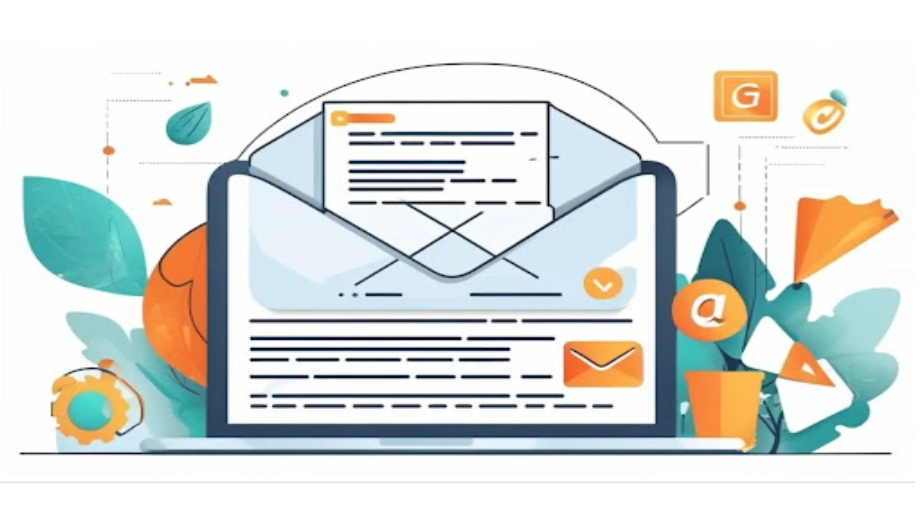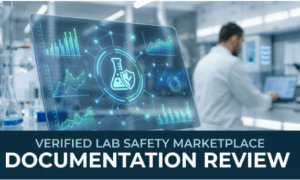Since Google and Yahoo rolled out new email-sending requirements in February 2024, email deliverability has taken center stage for marketers. These changes, aimed at curbing spam and improving inbox experiences, brought with them stricter technical rules and, for many, unexpected deliverability hurdles.
Most conversations around email deliverability tend to zero in on technical configurations, DKIM, SPF, and DMARC records. And rightly so. These DNS records, especially DKIM, are no longer optional for senders dispatching over 5,000 emails per day. Basic sender verification just doesn’t cut it anymore.
But here’s the truth: most seasoned senders already have their technical foundations in place. Yet, deliverability issues persist.
That’s because successful email delivery in 2025 isn’t just about passing the setup test; it’s about continuous optimization. Below, we explore strategies that go beyond the initial configuration to help your emails land where they belong: the inbox.
1. Maintain the Quality of the list
Validating emails for typos and inactive addresses is just the beginning. You need to go deeper. Tools like Kickbox or NeverBounce can help eliminate hidden threats like spam traps and toxic addresses, as well as silent inbox killers that can destroy sender reputation over time. A clean email list is essential for maintaining trust with Internet Service Providers (ISPs). Every time you send to invalid or dormant email addresses, you signal to mailbox providers that you’re not managing your audience properly. Over time, this can lead to throttling, blacklisting, or outright blocking. To ensure long-term deliverability, make email list hygiene a regular task, not a one-time clean-up.
2. Use descriptive ALT Tags on All Images
Relying heavily on images in your emails? Don’t overlook ALT tags. Mailbox providers like Gmail and Outlook scan for accessibility and completeness. Emails without ALT text can be flagged as low quality or even land in the junk folder.
Beyond deliverability, ALT tags play a significant role in user experience. When images fail to load—due to user settings or connection issues—ALT text ensures that your message still gets across. It also improves accessibility for users relying on screen readers, helping you stay compliant with inclusive communication standards.
3. User Shorter, Simpler Subject Lines
Subject lines matter a lot. Keep them short, natural, and personalized. Avoid title case (“This Is Promotional”), which signals bulk or marketing content to Gmail’s algorithms. Instead, use sentence case and sound conversational.
Today’s inbox is crowded. Users make snap decisions based on the subject line alone. Think like a reader: what would compel you to open the email? Phrases that feel personal, timely, and relevant tend to perform better. Experiment with A/B testing to discover which tone and length resonate most with your audience, and avoid clickbait—trust is everything.
4. Maintain Engagement Rates
More emails don’t mean more results. In fact, over-sending to inactive users can backfire. The new best practice? Send more frequently to your most active subscribers and scale back or pause sends to those who haven’t engaged recently.
This approach, often referred to as “engagement-based segmentation,” ensures that you’re reinforcing your sender reputation with positive signals. Gmail, Yahoo, and other providers watch closely how users interact with your emails—opens, clicks, replies, and even deletions matter. If you’re constantly sending emails that no one opens, mailbox providers may start filtering all your messages to the spam folder.
5. Monitor Engagement by Mailbox Provider.
Average campaign metrics no longer tell the full story. Choose an ESP that provides engagement insights broken down by mailbox provider. Granular reporting helps you pinpoint and resolve issues before they impact your ROI.
For example, if your open rates are solid on Outlook but plummeting on Gmail, you can investigate what might be causing the discrepancy. It could be related to your sending volume, timing, authentication records, or content format. Knowing which provider is filtering your messages helps you tailor your optimization efforts more efficiently.
6. Use Custom Tracking URL
Most ESPs automatically add tracking links, which often use generic domains. This can look suspicious to filters and users alike. Set up a custom tracking URL using a subdomain under your domain to boost credibility and improve inbox placement.
Final Thoughts
Improving deliverability isn’t a one-time fix; it’s a continuous process. Yes, it takes effort. But unlike social platforms, email offers a direct, algorithm-free line to your audience.
In today’s environment, where data privacy, spam filters, and user preferences all influence what gets seen, marketers must be more strategic than ever. It’s not enough to craft a compelling message—you have to make sure it reaches the right people at the right time, through the right channels.
Invest in your email infrastructure, treat deliverability as a core strategy, and you’ll unlock sustained ROI for your business. Need help optimizing your deliverability? Trust the experts, and start making every email count.





























